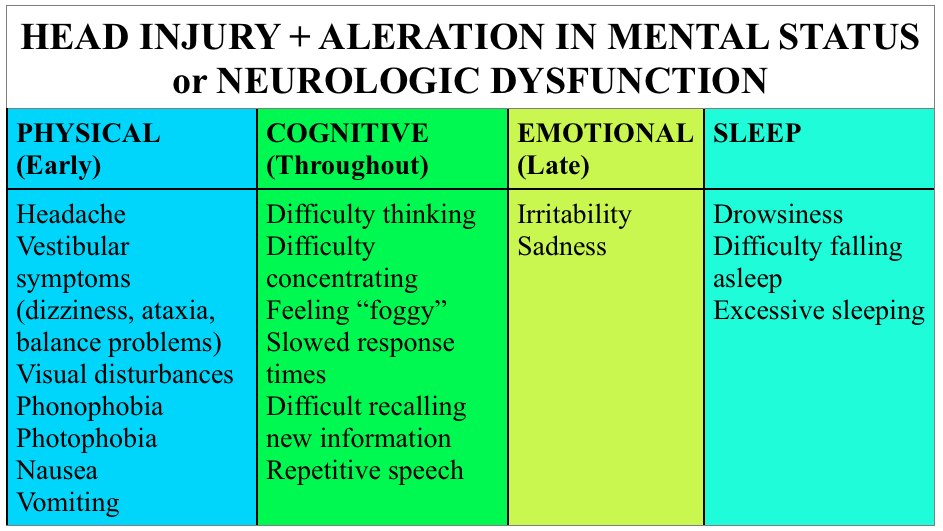(ITUNES OR Listen Here)
The Free Open Access Medical Education (FOAM)
In January 2015, ACEP recommended against the use of long backboards by EMS, “Backboards should not be used as a therapeutic intervention or as a precautionary measure either inside or outside the hospital or for inter-facility transfers.”
We review the use of longboards and cervical collars for spinal immobilization using posts by Thomas D of ScanCrit (Curse of the Cervical Collar, Cervical Collar RIP, Cervical Collars Slashed From Guidelines), a post by Dr. Minh Le Cong from PHARM, and this Medest118 post.
The bottom line:
- The benefits of devices to aid in spinal immobilization such as cervical collars and long backboards are controversial. Guidelines and protocols are continuing to recommend judicious use of these devices. Examples include:
- Clearing collars in obtunded blunt trauma patients with negative high quality CT [EAST]
- Selective application of cervical collars [ILCOR]
- No backboards and selective pre-hospital immobilizaiton [ACEP]
The Bread and Butter
We differentiate between spinal shock and neurogenic shock, cover the incomplete cord syndromes (anterior cord, central cord, Brown-Sequard Syndrome), and fly through some of the cover using Tintinalli (7e) Chapter 255; Rosen’s (8e) Chapter 43, 106 But, don’t just take our word for it. Go enrich your fundamental understanding yourself.
Spinal shock – Reduced reflexes following think of this as a stunning of the spinal cord.
Neurogenic shock – This is loss of sympathetic innervation from injury to the cervical or thoracic spine, typically from a cervical or upper thoracic spinal cord injury, resulting in bradycardia and hypotension.
- Warm, peripherally vasodilated , and hypotensive from loss of sympathetic arterial tone with a relative bradycardia from unopposed parasympathetic (vagal) tone
- Typically presents within 30 minutes, can last 6 weeks
- Diagnose only after excluding other sources of shock
- Treatment: crystalloid, vasopressors
Incomplete Cord Syndromes
Better prognosis than complete cord syndromes. Means there is some sensory or motor preserved distal to lesion (i.e. rectal tone or perineal sensation)
Anterior Cord Syndrome
- Complete loss of motor, pain, and temperature below but retain posterior columns (position and vibration)
- Flexion injury or decreased perfusion (aortic surgery or injury)
- Paralysis and hypalgesia below the level of injury with preservation of posterior column (position and vibration)
Central Cord Syndrome
- Sensory and motor deficit, often associated with hyperextension injuries (think whiplash)
- Affects arms>legs
- Think MUDE (pronounced muddy): Motor, Upper, Distal, Extension (injury)
Brown-Sequard Syndrome
- Classically associated with a stab wound
- Loss of motor function and position and vibration on ipsilateral side with contralateral loss of pain and temperature (fibers cross)
Reflex Review
| C4 | Spontaneous breathing: “3-4-5 keep the diaphragm alive” |
| C5 | Shoulder shrug |
| C6 | Flexion at elbow: think flexing your elbow up to drink before… |
| C7 | Extension at elbow: …extending it to set a drink down. |
| C8-T1 | Flexion of fingers |
| T1-T12 | Intercostal and abdominal muscles |
| L1-L2 | Flexion at hip |
| L3 | Adduction at hip |
| L4 | Abduction at hip |
| L5 | Dorsiflexion of foot |
| S1-S2 | Plantar flexion of foot |
| S2-S4 | Rectal sphincter tone: “2-3-4 keeps your junk off the floor” |
Generously Donated Rosh Review Questions
Question 1. A patient arrives to the ED 15 minutes after being involved in a MVC. He is conscious, and there is no obvious trauma. He is immobilized on a long spine board with a cervical collar in place. His BP is 60/40 mm Hg and HR is 60 bpm. His skin is warm.
[polldaddy poll=8775757]
Question 2. [polldaddy poll=8776250]
Answers
1. A. Loss of deep tendon reflexes is expected. Neurogenic shock occurs after an injury to the spinal cord. Sympathetic outflow is disrupted resulting in unopposed vagal tone. The major clinical signs are hypotension and bradycardia. Patients are generally hypotensive with warm, dry skin because the loss of sympathetic tone impairs the ability to redirect blood flow from the periphery to the core circulation. The most commonly affected area is the cervical region, followed by the thoracolumbar junction, the thoracic region, and the lumbar region. The anatomic level of the injury to the spinal cord impacts the likelihood and severity of neurogenic shock. Injuries above the T1 level have the capability of disrupting the spinal cord tracts that control the entire sympathetic system leading to the loss of deep tendon reflexes.Neurogenic shock must be differentiated from “spinal” shock, which refers to neuropraxia (B) associated with incomplete spinal cord injuries. This state is transient (C) and resolves in 1 to 3 weeks. Alpha-1 vasopressors (e.g., phenylephrine), in addition to dopamine, norepinephrine, and epinephrine (D), should be used to maintain blood pressure and ensure organ perfusion.
2. C. In the anterior spinal cord syndrome, just the posterior columns are preserved and so patients lose all pain and temperature sensation as well as motor function. Most cases of anterior cord syndrome follow aortic surgery, but it has also been reported in the setting of hypotension, infection, vasospasm, or anterior spinal artery ischemia or infarct. In trauma, typically hyperflexion of the cervical spine causes the injury to the spinal cord.

Loss of all motor and sensory function (B) occurs with a complete transection of the spinal cord. Most commonly this occurs after a significant trauma. Isolated motor function loss (A) is not a classic syndrome and would result from a small area of injury on the cord just involving the corticospinal tract. Upper greater than lower motor weakness occurs (D) with a central cord syndrome. Sensory involvement is variable although burning dysesthesias in the upper extremities may occur. Most commonly the syndrome occurs after a fall or motor vehicle accident.


